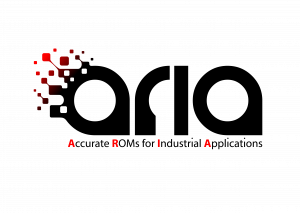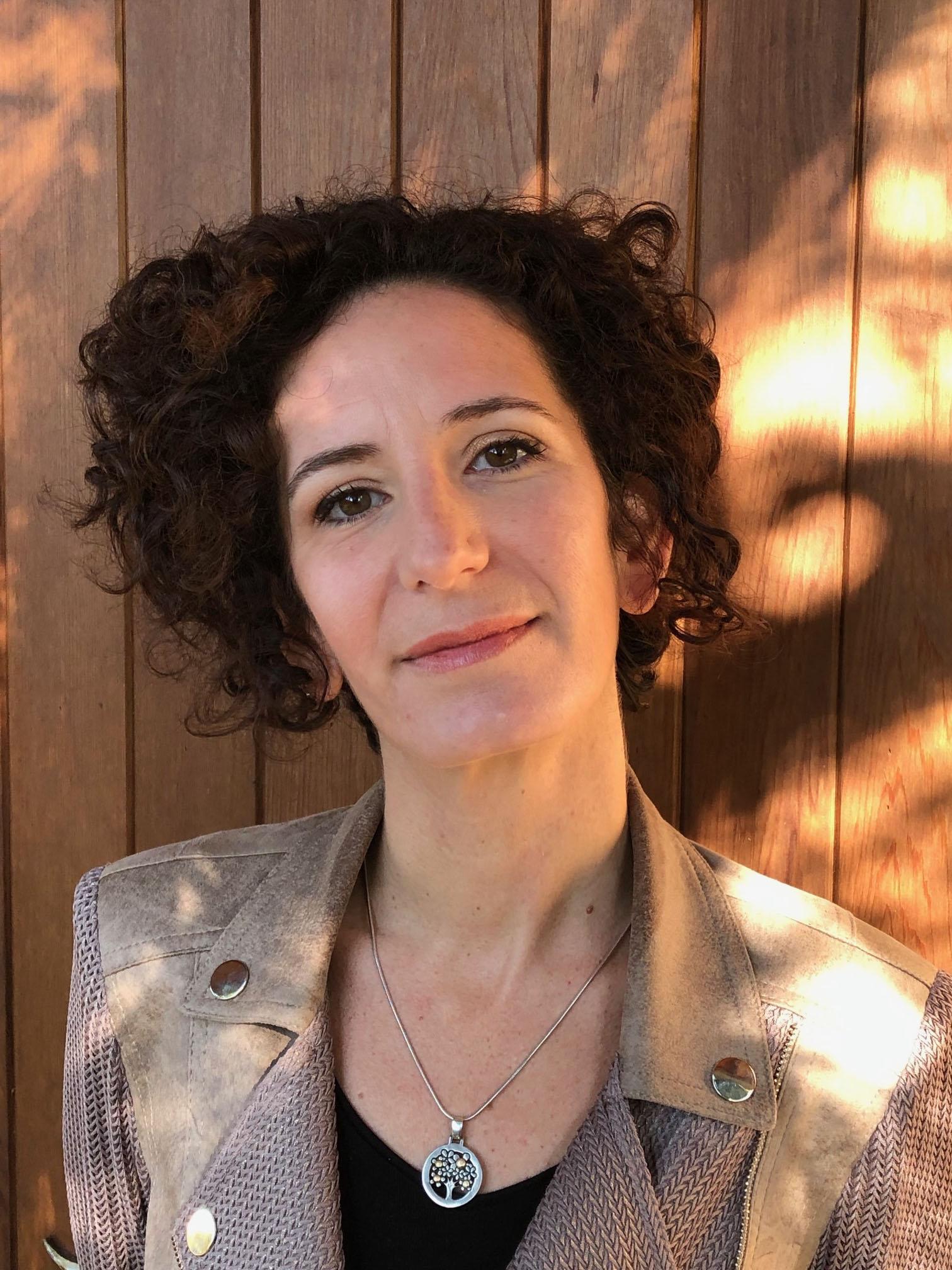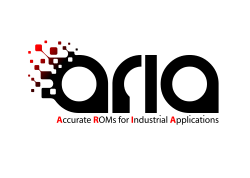 ARIA, which stands for Accurate ROMs (reduced-order models) for Industrial Applications, is a programme bringing together 15 partners for basic research into fluid mechanics. What these 15 partners have in common is that they are all highly experienced in the fields of digital analysis and modelling, and are all recognised experts in scientific computing.
ARIA, which stands for Accurate ROMs (reduced-order models) for Industrial Applications, is a programme bringing together 15 partners for basic research into fluid mechanics. What these 15 partners have in common is that they are all highly experienced in the fields of digital analysis and modelling, and are all recognised experts in scientific computing.

© Inria / Photo H. Raguet
How can computing help optimise the aerodynamics of a wind turbine in order to make it perform better? Or to anticipate air flow around a vehicle in such a way as to reduce its aerodynamic resistance and thus to increase its speed? Or to model blood flow in aortic aneurysms in order to better predict and treat vascular diseases in the future? These are just a few examples of topics studied within the context of the ARIA 2019-2023 programme, which is funded by the European Commission and coordinated by Inria Bordeaux – Sud-Ouest. What is interesting about how this programme works is that it involves multidisciplinary teams exploring an innovative field of research (ROMs) in order to help manufacturers, who are themselves fully involved in the project.
“In order to do this, it is possible to adapt equations from physics – those used to model fluid dynamics, for example – in order to make it easier for a computer to use them”, explains Angelo Iollo, scientific director of the ARIA project and head of the Memphis project team at Inria, which specialises in digital modelling. “Within this process, it is necessary to convert well-known and effective but complex continuous equations into new, simpler models, which are known as ROMs (Reduced Order Models). Easier to handle, these supply a tool capable of predicting an object’s aerodynamic performance and flow structures in real-time.”
Combining data and models
The goal of this EU programme is to reduce the amount of time taken to develop models, which will enable researchers and engineers to make decisions more quickly. This will also involve employing data that has previously been simulated in prior experiments. The objective is to reduce the time spent on new models, aiming for convergence between data and models.
“Such methods could be used by car manufacturers, for example”, explains Angelo Iollo, “in order to measure the impact of a new shape of wing mirror on a vehicle prototype, without the need to start aerodynamic calculations from zero.” This is backed up by Carsten Othmer, who is in charge of the project for Volkswagen, one of the project’s main industrial partners:
“Many traditional simulations take too long to run, preventing us from designing objects with the best possible flow and aerodynamics, while still creating a stylish car. It was with this in mind that we began to look to ROMs.”
Focusing on real-life problems faced by manufacturers
Off the back of collaborations with eight industrial partners, ARIA’s researchers are focused on a range of different problems. “ARIA is not purely academic”, explains Angelo Iollo. “Our approach involves a lot of dialogue with industrial engineers, enabling us to develop an understanding of any potential stumbling blocks and to tackle these problems at the root using new mathematical methods.”
Lucia Marta, who is head of EU partnerships at Inria, is keen to stress the impact of this strategy:
 |
Les entreprises avec qui nous collaborons appartiennent à différents secteurs d’activités, dans des domaines d’applications très différents. Cela rend ce projet ambitieux !”
Lucia Marta -Chargée de partenariats européens |
Benefits for research and for manufacturers
“Our goal”, stresses Lucia Marta, “is for knowledge transfer to benefit everyone – not just Inria and its academic partners, who are aiming to promote their research, but also the manufacturers from the consortium who will use the results, all the while ensuring that intellectual copyright is respected. This priority was even included in the contracts we signed with our two supervisory ministries, the Ministry of Research and the Ministry of Industry.”
With this in mind, ARIA’s teams will use the more than €900,000 allocated by the EU to fund research, granting their various different industrial partners a greater degree of precision and thus boosting their competitivity.
Reference: News of ARIA on Inria website
Read French Version
 ARIA, which stands for Accurate ROMs (reduced-order models) for Industrial Applications, is a programme bringing together 15 partners for basic research into fluid mechanics. What these 15 partners have in common is that they are all highly experienced in the fields of digital analysis and modelling, and are all recognised experts in scientific computing.
ARIA, which stands for Accurate ROMs (reduced-order models) for Industrial Applications, is a programme bringing together 15 partners for basic research into fluid mechanics. What these 15 partners have in common is that they are all highly experienced in the fields of digital analysis and modelling, and are all recognised experts in scientific computing.




